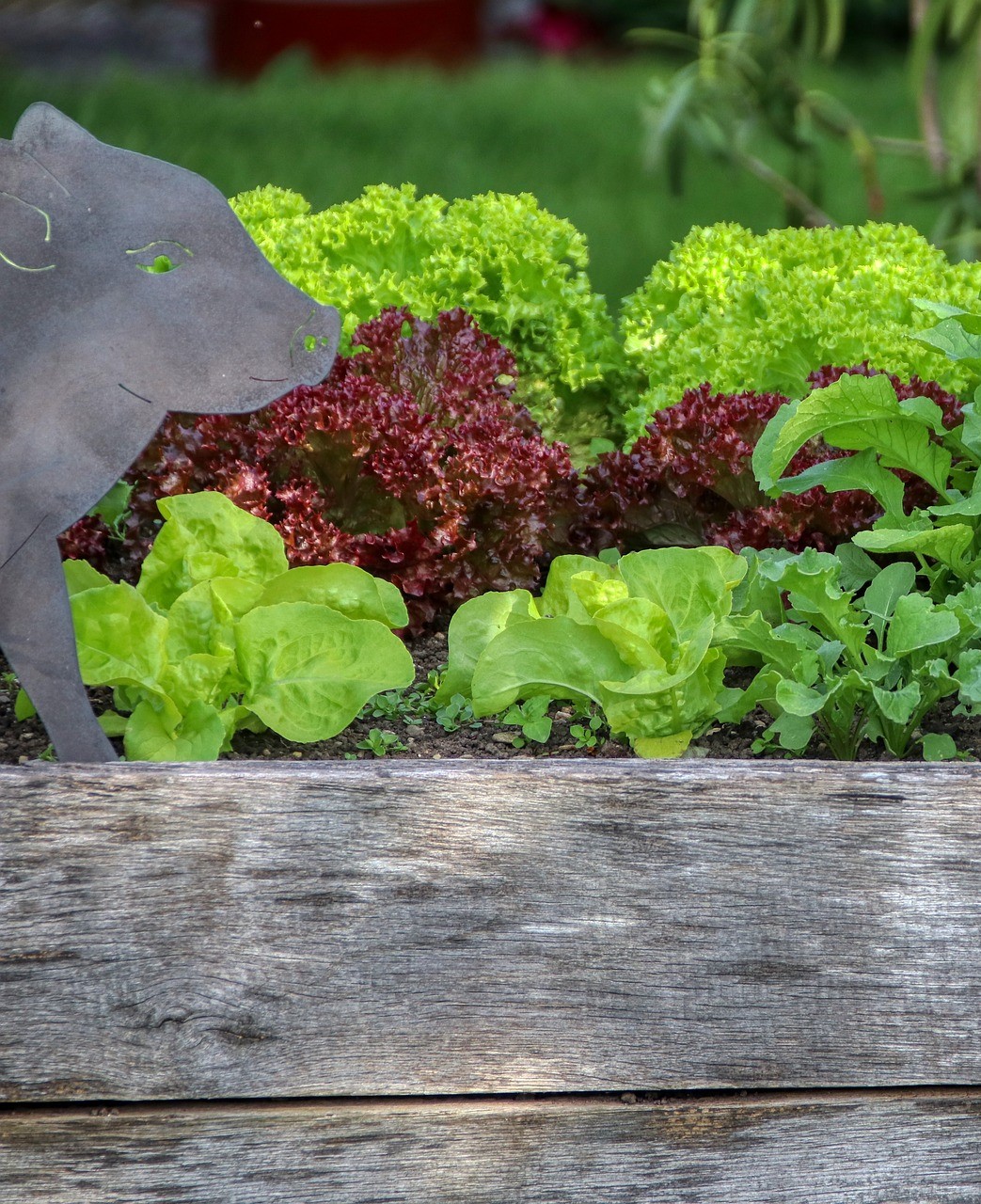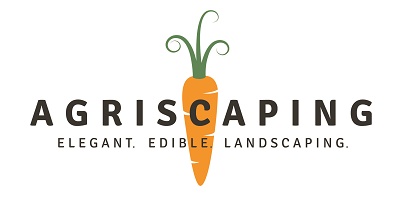Raising the Standard of Raised Beds – Part 2

Raising the Standard of Raised Beds - Part 2
*By Shaun Mayfield
Last week we talked about raised bed gardening and the different types of plants you could grow in them and the soil needs of the plants as well as the versatility that raised garden beds can bring.
As a designer, when I am discussing materials with a client, they quickly realize the many different styles available. It is typically best to incorporate the design materials into the overall theme of your landscape. The theme and materials typically affect your budget, so plan accordingly. Very inexpensive options exist like using kiddie pools to recycled logs, broken concrete (also called urbanite), and even tires! The options definitely get more expensive as materials, quality, and labor increase. Wood is the next more inexpensive option with typical 2x8, x10, x12, etc, or stepping up to timber which is more expensive and longer-lasting. Concrete block would be the next more expensive option followed by stone typically being the most expensive. Of course, your ability to get resources, and skills you may have will have a large effect on your budget and abilities. Some of the more expensive options are highly due to the more expensive technical labor costs, not to mention the materials increasing in cost as well. Also, another thing to consider regarding your budget is that the more expensive the material, typically the longer the material will last, reducing the need to repair or replace (which also has a cost).
Lastly, what you fill the raised beds with is the next area to explore. Soil in a raised bed is much different than the soil used in your in-ground beds. I’m often asked what type of soil is best for raised beds. My answer is always, ‘the best you can afford!’ Of course the taller the raised bed is the more soil that adds up increasing cost as well. One 4’ x 8’ bed 12” tall would be 32 cubic feet of soil, considering a yard of soil is 27 cubic feet, that bed would be 1.2 cubic yards. If you want that bed at 24” deep then you’re looking at 2.4 yards of soil. Now of course there are ways we can get most of the bulk for free or basically free. A typical practice that I utilize is using logs, stumps, and larger branches in the bottom of the bed to decrease the volume of soil needed. This type of raised bed has become a standard practice of mine as it is recreating the old style of hugulkultur gardening into raised beds. The great thing is that after the first year the logs begin to break down releasing the decades of stored nutrients and minerals in that old wood while acting as a sponge holding large amounts of water reducing the amount of water the beds need routinely. The garden soil used for the raised beds needs to be light, drain freely and retain moisture. Mel’s Mix, from Mel Bartholomew’s book ‘Square Foot Gardening’ is a great starting point for raised bed soil. Its simple ingredients are 1/3 peat moss (or coconut coir), 1/3 vermiculite, and 1/3 compost (using as many sources as possible).
So if you are considering adding raised beds to your garden space, then begin raising the standard on what your raised beds can be and what they can do for you!
To find out what webinars or live classes are available for free click here!
* You can find out more about Shaun Mayfield at bluesky.agriscaping.com .

